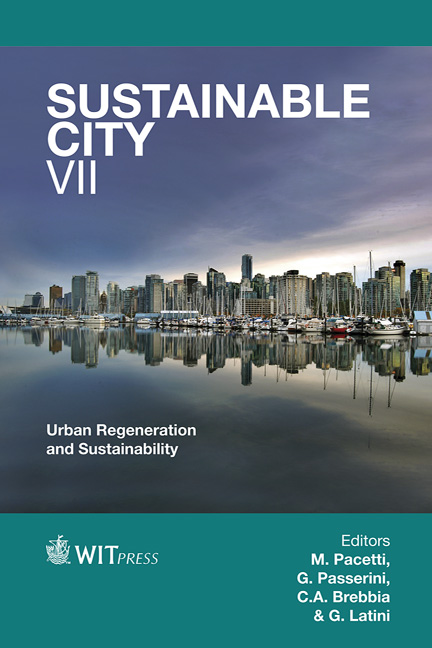An Approach To Define Pedestrian Escape Routes In Evacuation
Price
Free (open access)
Transaction
Volume
155
Pages
12
Page Range
1067 - 1078
Published
2012
Size
756 kb
Paper DOI
10.2495/SC120892
Copyright
WIT Press
Author(s)
M. Di Gangi
Abstract
This paper considers a method for the definition of pedestrian escape routes by means of the simulation of pedestrian outflow. Feasible solutions are generated and compared in terms of evacuation time. In the proposed method an aggregate model for the estimation of evacuation time of a building is adopted. Such a method can be easily implemented and can be used to give a first evaluation of evacuation procedures without performing evacuation drills and can be used to give a fast response in identifying critical points on the network. To check the capabilities of the models used within the proposed approach, results obtained from simulations are compared with data recorded from an experiment on a test site conducted in a primary school located in an Italian town; an application consisting of designing escape routes for a school is also presented. Keywords: evacuation, path search, pedestrian. 1 Introduction An evacuation can be defined as a general mobilization of people (and/or goods) due to the occurrence of a calamitous event. Its main objective is to reduce the number of people (and/or goods) present in the area where the event strikes [1]. Evacuation drills are mainly performed for people to practice leaving the interested area; these tests can also be used for getting information concerning the behavior of the people in order to build a set of mathematical models able to reproduce the evacuation. These models can constitute a Decision Support System (DSS) to be used for planning emergencies [2]. Simulation models, used to perform quantitative analysis on the operational conditions of a transportation system in emergency circumstances, differ depending on the hypotheses made on the representation of the flow
Keywords
evacuation, path search, pedestrian.





